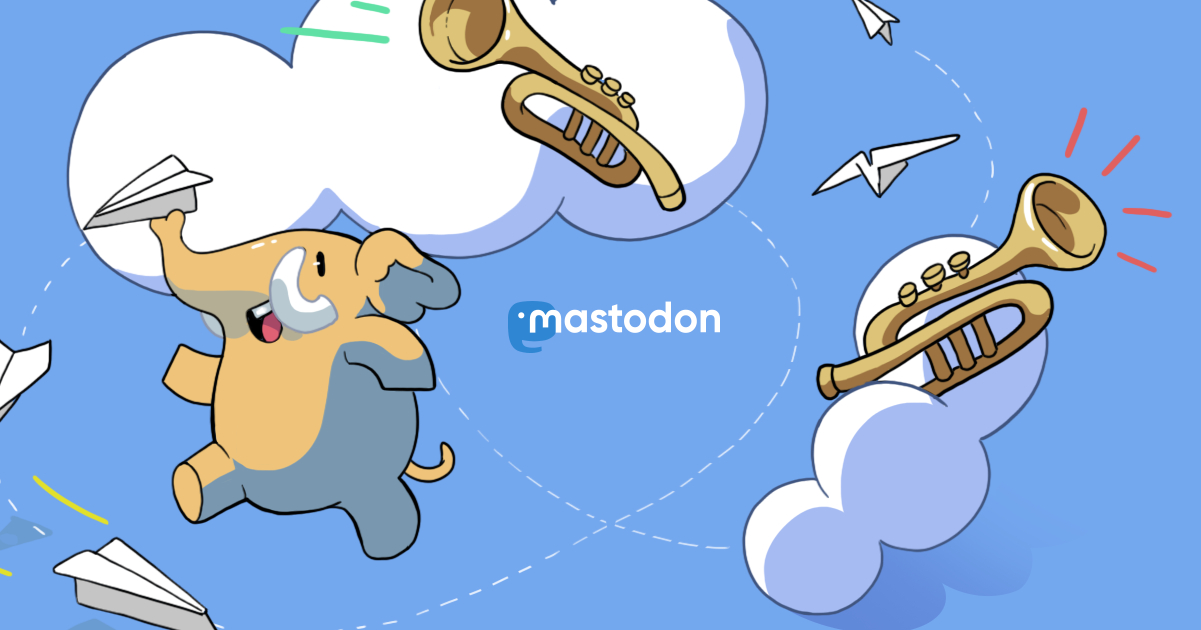Follow
I think I finally found my trick to a better #astrophotography from my backyard. I am newbie so I've been learning a lot. Based on common knowledge you check where your camera has smallest value of a read noise and then use that ISO, which for me resulted in stopping down my F/2 to F/4 and still decreasing ISO to 800 from 1600 which i thought was optimal value, and taking only 20-25sec exposures to keep histogram just a bit above it's optimal place. Pictures were noisy, colors were mute. [1/2]

@sergey Then upon recommendation I've tried different approach. Forget about read noise from your camera, go after more photons. As long as you are able to overcome read noise with more data you are fine. So I've tested with ISO 100 and set lens to F/2.8 and was able to put 1min and 30sec of exposure in my Bortle 7-8 sky. Results are very different, less noise, more vibrant colors. This is pic of srar trails from Ursa Major, just 15 min of integration with just bias as callibration. [2/2]